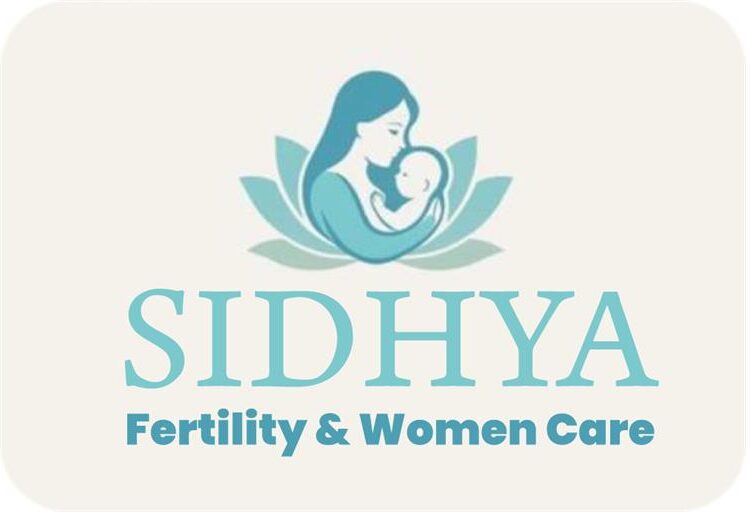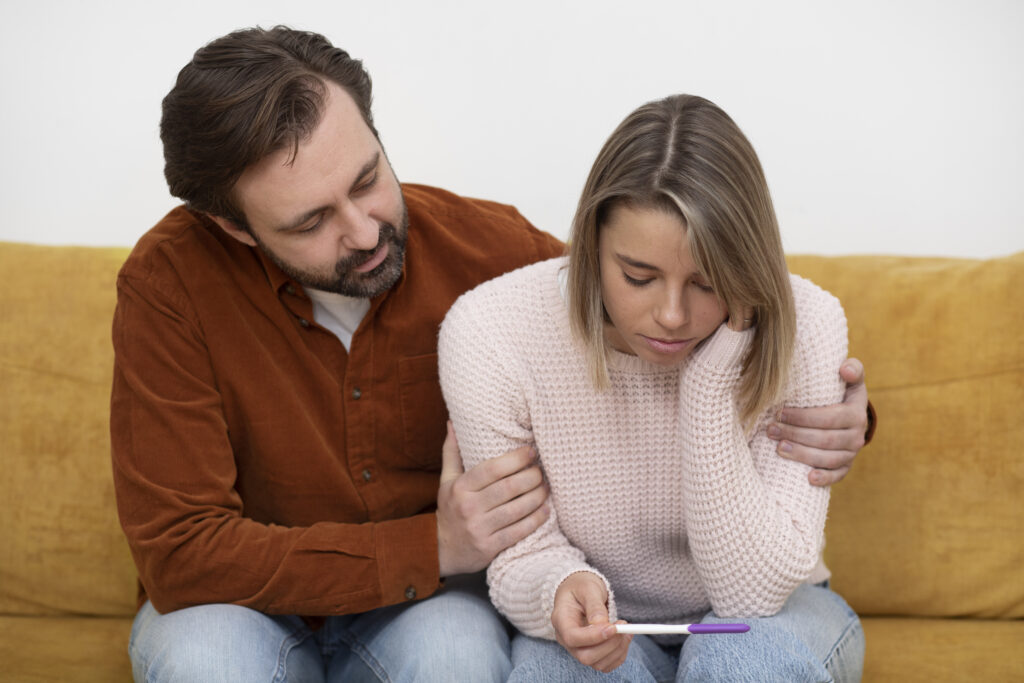What is Female Infertility?
Female infertility means a woman has trouble getting pregnant after trying for at least one year. This condition affects millions of women worldwide. According to the World Health Organization (WHO), about 10% of women face infertility at some point. Although many couples worry, help is available. Early diagnosis and treatment can improve the chances of pregnancy.
Common Symptoms
Often, the main sign of female infertility is not being able to get pregnant. However, other symptoms may appear. For example, some women notice changes in their monthly periods. Others may have pain or unusual bleeding. Watch for these signs:
Sometimes, there are no clear symptoms. That is why regular check-ups are important.
Main Causes
Many factors can lead to female infertility. Some causes are easy to treat, while others may need more care. Below are the most common reasons:
In some cases, doctors cannot find a clear cause. Even so, treatment may still help.
Diagnosis Methods
If you have trouble getting pregnant, doctors use several tests to find the cause. First, they ask about your health and periods. Next, they may suggest:
Sometimes, your partner may also need tests. This helps doctors find the best treatment plan.
Treatment Options
Treatment for female infertility depends on the cause. Many women can get pregnant with the right help. Common treatments include:
Sometimes, lifestyle changes also improve fertility. Your doctor will suggest the best options for you.
Lifestyle and Prevention Tips
Although not all causes can be prevented, healthy habits may lower your risk. For example, you can:
Additionally, treating health problems early can help protect your fertility.
When to See a Doctor
If you have tried to get pregnant for a year without success, it is time to see a doctor. However, women over 35 should seek help after six months. Also, see a doctor sooner if you have irregular periods, severe pain, or a history of pelvic infections. Early care can make a big difference.
In summary, female infertility can be stressful, but many solutions exist. Consult a specialist for personalized guidance on female infertility.

